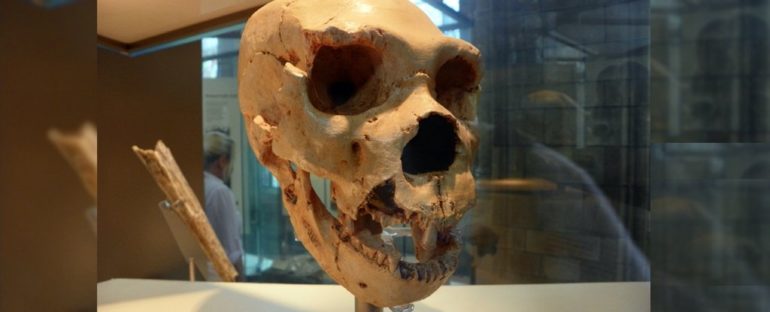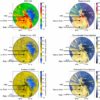While many of us might long to just sleep through this entire winter, humans – unlike a lot of other mammals – don’t have the capacity to hibernate.
But a newly published study has investigated if early humans had this ability at some point. The results – although preliminary – surprisingly suggest that they did, even if they weren’t great at it.
When a bear wakes up from its extended torpor (a type of energy-conserving sleep state often used synonymously with hibernation), sleepy and ready for a feed, their bones and muscles will be relatively the same as they were before, spared from the body’s self-feeding frenzy over the winter.
Bears have specialised metabolic processes to protect them from this extended slumber, but sometimes this process doesn’t quite go to plan. For example, animals can end up with a host of diseases post-hibernation if they don’t get enough food reserves before they go down for the winter.
“We have to emphasise that hibernations are not always healthy,” paleoanthropologists Antonis Bartsiokas and Juan-Luis Arsuaga write in their new paper.
“Hibernators may suffer from rickets, hyperparathyroidism, and osteitis fibrosa if they do not possess sufficient fat reserves. These diseases are all expressions of renal osteodystrophy consistent with chronic kidney disease.”
The researchers believe this may have been the fate of some human ancestors whose remains were discovered in a Spanish cave called Sima de los Huesos – the chasm of bones. This deep shaft in the Cave Mayor of Sierra de Atapuerca is home to an incredible number of fossils, with archaeologists having discovered thousands of hominin skeletal remains that are around 430,000 years old.
This is long before Homo sapiens walked the Earth, and although there’s some debate about which human ancestor the fossils are from, at least some are H. heidelbergensis.
Working out if human ancestors once possessed a form of a hibernation-like state thousands of years after the fact sounds like an impossible task, but the team thinks they have found some tell-tale marks on the fossils.
“The evidence of annual healing caused by non-tolerated hibernation in adolescent individuals [points] to the presence of annually intermittent puberty in this population,” the researchers write, explaining that other signs of vitamin D deficiency from lack of exposure to sunlight are evident in bone defects like the ‘rotten fence post sign’.
“The hypothesis of hibernation is consistent with the genetic evidence and the fact that the Sima de los Huesos hominins lived during a glacial period.”
The idea is that these ancient hominins might have been trying to sleep through the colder months, and so their bones show the scars of months of sleeping without enough fat stores, a lack of vitamin D, and – in teenagers – weird seasonal growth spurts.
Before we can claim that human ancestors once did indeed hibernate, we have to remember that this research is very preliminary. Even the researchers themselves admit that this sounds a bit like “science fiction”.
“While many questions about their life histories and metabolism are still open, there is no doubt as to the immense consequences that hibernation has for hominin/human physiology and life history,” they write.
“The notion that humans can undergo a hypometabolic state analogous to hibernation may sound like science fiction but the fact that hibernation is used by very primitive mammals and primates, suggests that the genetic basis and physiology for such a hypometabolism could be preserved in many mammalian species including humans.”
We will need a lot more info before we can confirm if these ancient human ancestors were indeed hibernating, and if it was the case, how human species ended up losing the ability entirely.
“It is a very interesting argument and it will certainly stimulate debate,” forensic anthropologist Patrick Randolph-Quinney of Northumbria University told Robin McKie at The Guardian.
“However, there are other explanations for the variations seen in the bones found in Sima and these have to be addressed fully before we can come to any realistic conclusions.”
The research has been published in L’Anthropologie.



